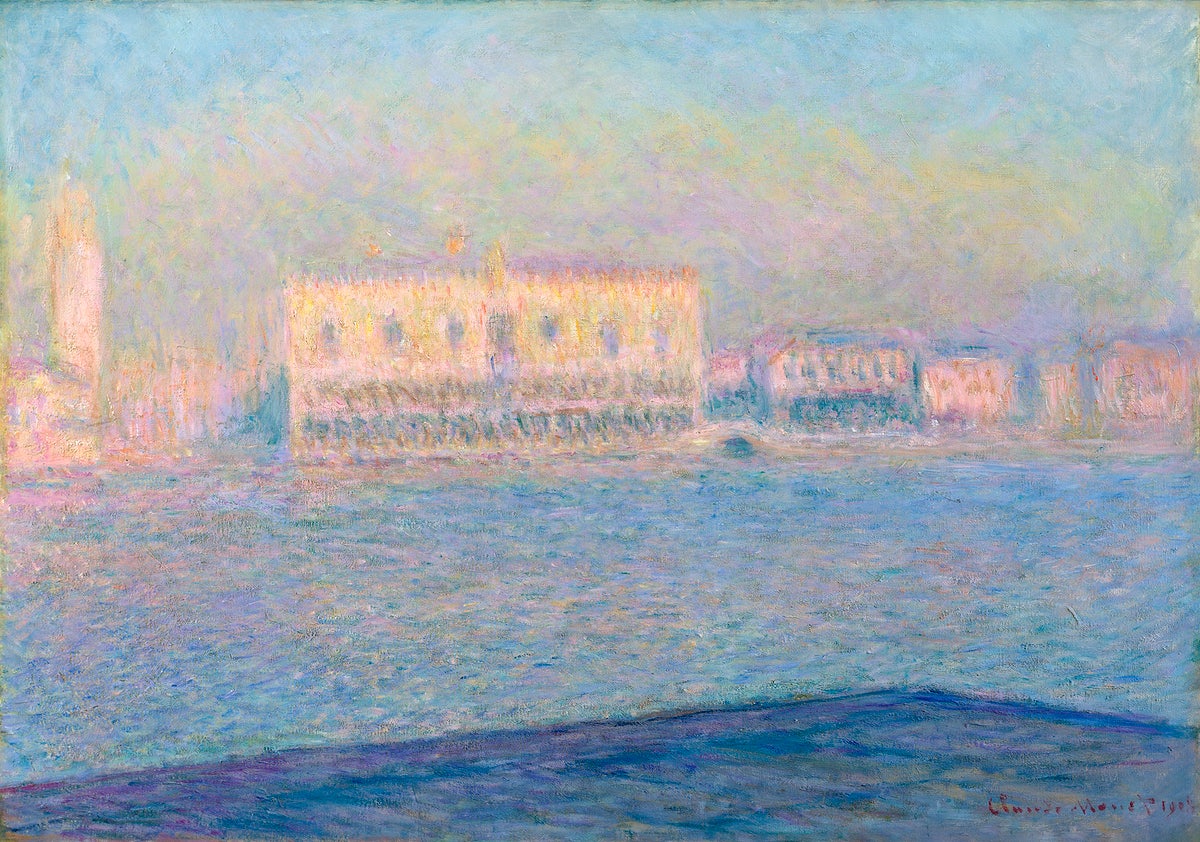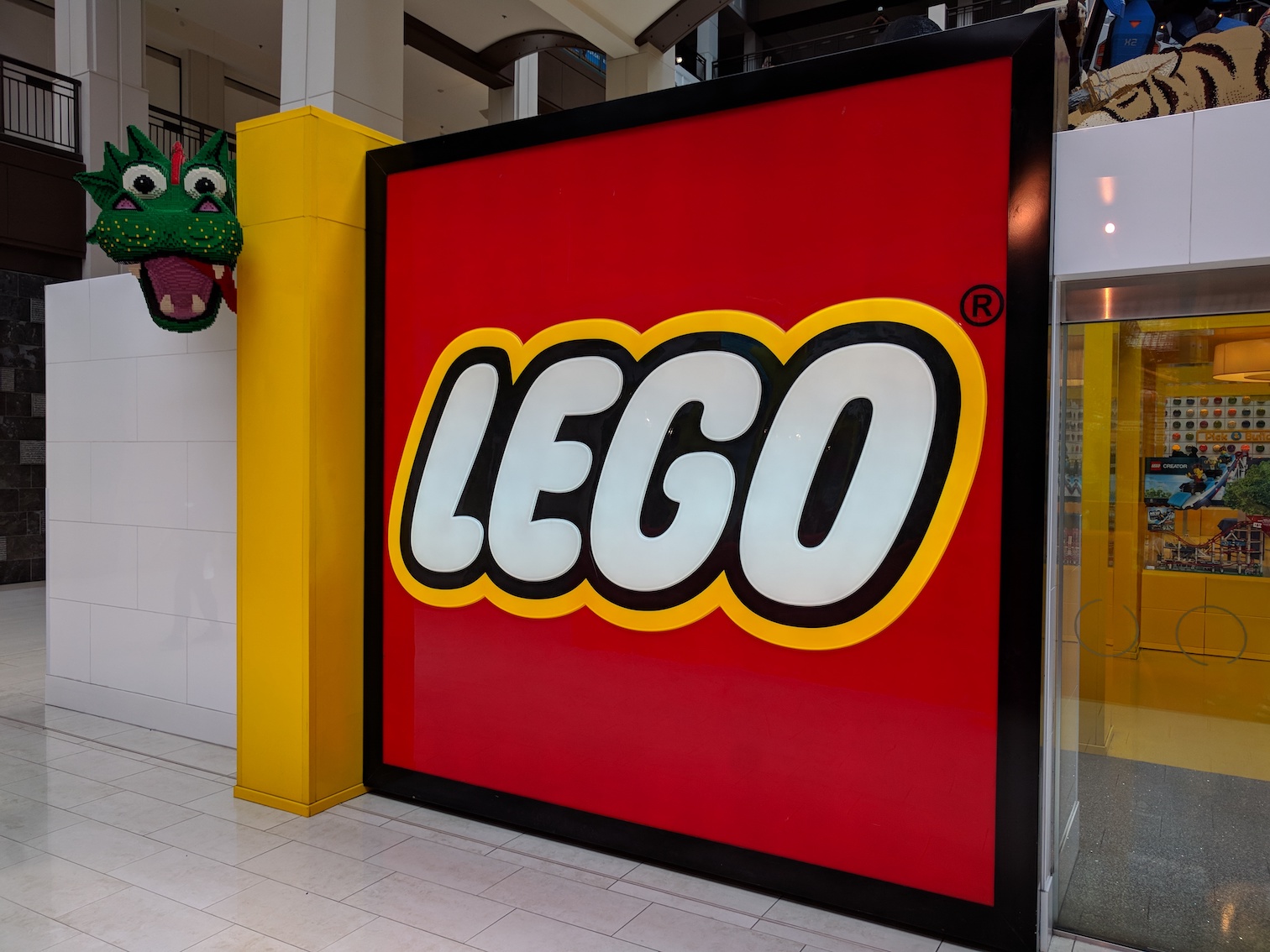The Covid-19 global pandemic has put quite a damper on our ability to feed our need for travel and curiosity. Many schools have decided to not include any field trips on their school calendars. As a result, teachers and administrators have come up with creative ways to still give students a similar experience.
Enter virtual field trips. While these adventures will not be the exact experience that students would be used to, they can provide a pretty great alternative. A big thank you goes out to the many museums making their websites more interactive. Students can now enter a world of endless intrigue.
For a break from the monotony of textbook schoolwork this week, I took a trip to the Guggenheim Museum in New York City. The best part, I did this without ever leaving my couch.
Taking this virtual field trip was bittersweet. When I was in junior high school I was supposed to go on a field trip to the Guggenheim. On the morning of the trip, I got up very early and was soon on my way to school. As I sat there on the bus eager with anticipation, I started to not feel so well. Before I knew it, I was calling my parents and on my way back home. To say I was disappointed would be an understatement.
If only there were virtual field trips back then, I could have gotten to experience some of what I was missing out on while I laid home in bed. This is part of the ways schools are adapting to the new restrictions by trying to stay home and avoiding crowds. Museums offering these types of online collections allow for a great way to diversify learning and include those who may not be able to attend.
One of the best features of the virtual field trip was being able to navigate through the online collection based on whatever it is that you are looking for. There are options to search through the 1,700 works via different search features including by artist, medium, dates, movement, special collection, and venue.
The Guggenheim Museum itself is part architectural wonder/ part home to thousands of works of art. Even though the online collection gives just a small taste of what is available to see in person, it has a little bit of everything. I was able to see Vincent van Gogh’s Mountains at Saint. Remy, Claude Monet’s The Palazzo Ducale, Seen from San Giorgio Maggiore, and Edgar Degas’ Dancer Moving Forward.

The building itself is a work of art, designed by architect Frank Lloyd Wright. The following image is from the interior of the building. I loved being able to explore some of the history behind how the building came to be, as well as some information about the architect himself.
In addition to the visual aspects of the virtual field-trip, several teaching materials are available to access right from the Guggenheim Museum website. Another option is for teachers to schedule a one hour Virtual Tour where students will be asked open-ended questions by museum staff. To make the experience a little bit more like walking into the museum, a welcome guide is also available to download.
For parents looking for something for their kids to do at home to encourage their creative thinking, the Guggenheim offers family and kids programs for a fee.
One special feature of exploring this museum from home is the ability to access their blog. There is so much great content available to read ranging from posts about artists to different things about the museum itself.
Have you ever taken a virtual field trip? If you have please leave some suggestions for new places to discover in the comments section. I cannot wait to see where my virtual sailboat takes me next!































